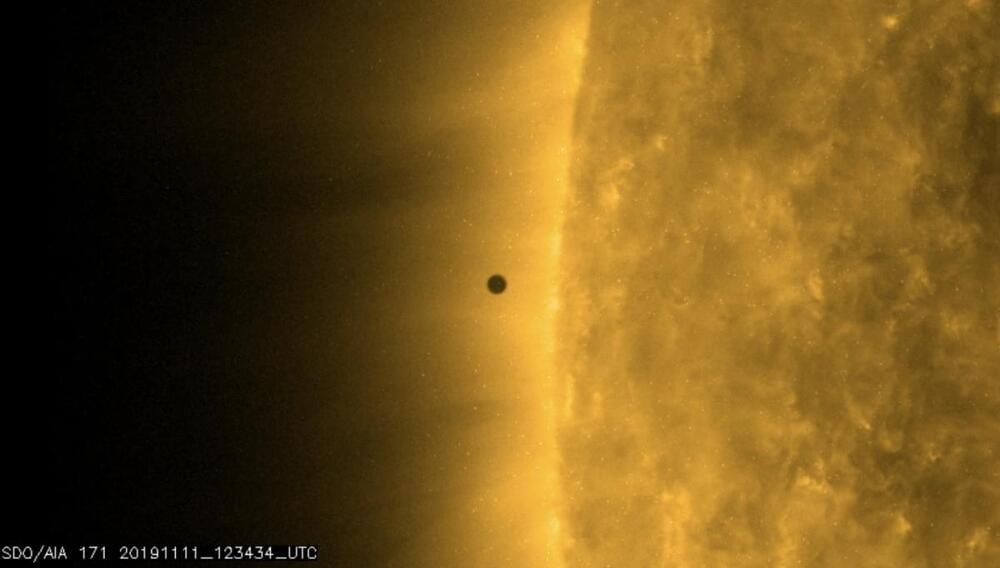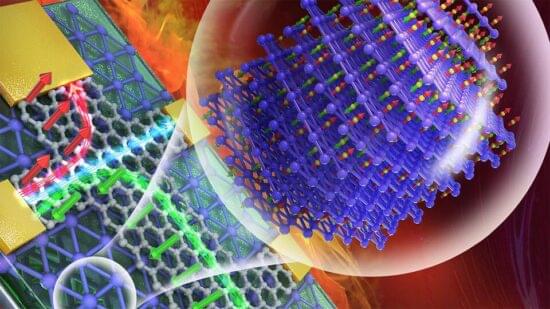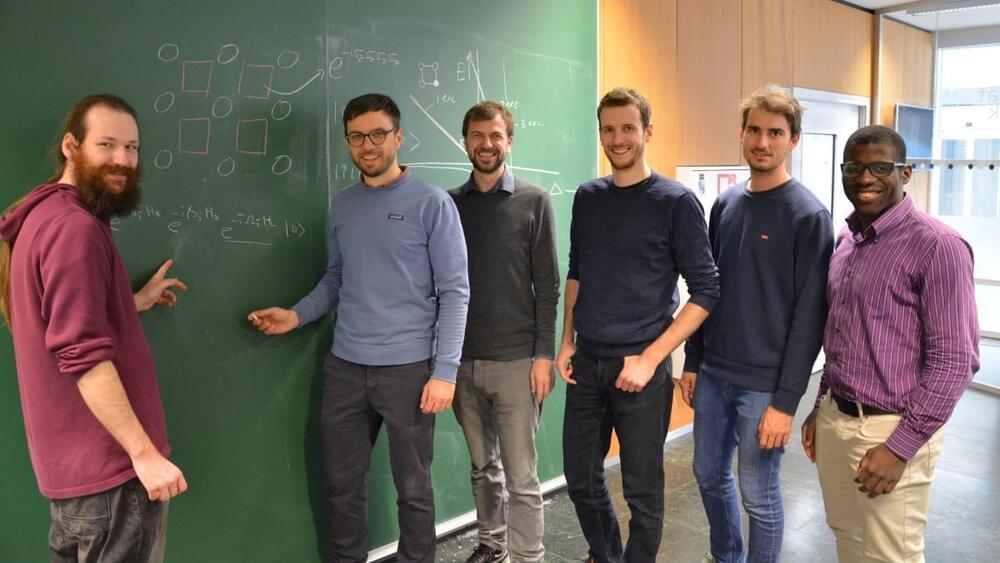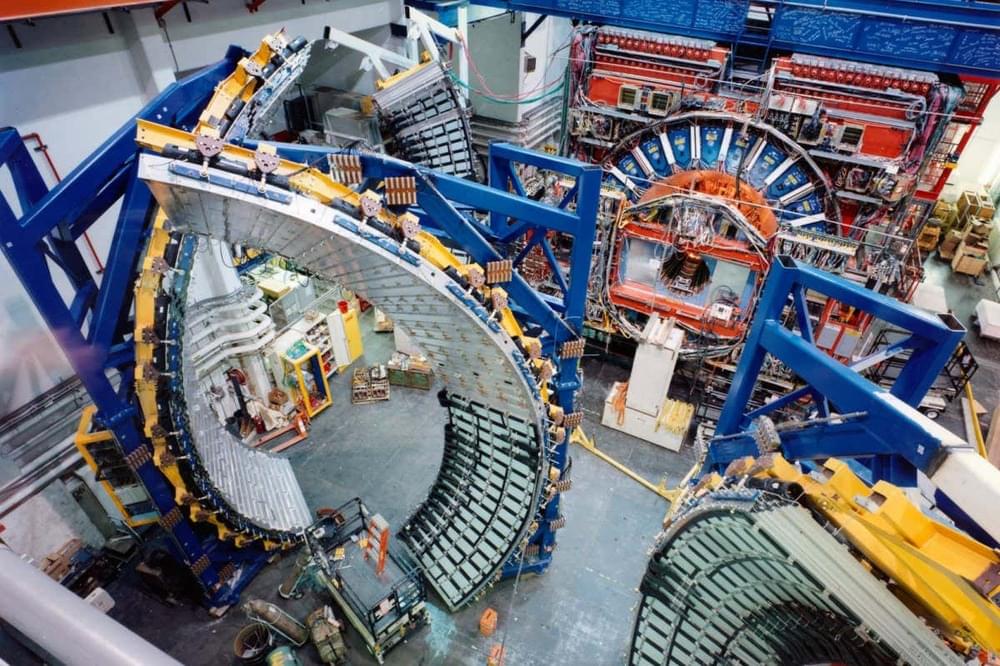The wave likely scoured the surface of the weakly magnetic planet.
Previously, scientists were unsure if Mercury’s magnetic field was strong enough to induce geomagnetic storms. However, research published in two papers in the journals Nature Communications and Science China Technological Sciences in February has proved that the magnetic field is, indeed, strong enough. The first paper showed that Mercury has a ring current, a doughnut-shaped stream of charged particles flowing around a field line between the planet’s poles, and the second paper pointed to this ring current being capable of triggering geomagnetic storms.
“The processes are quite similar to here on Earth,” Hui Zhang, a co-author of both studies and a space physics professor at the University of Alaska Fairbanks Geophysical Institute, said in a statement. “The main differences are the size of the planet and Mercury has a weak magnetic field and virtually no atmosphere.”
The sun’s activity has been increasing far faster than past official forecasts predicted, according to the National Oceanic and Atmospheric Administration’s Space Weather Prediction Center. The sun moves between highs and lows of activity across a rough 11-year cycle, but because the mechanism that drives this solar cycle isn’t well understood, it’s challenging for scientists to predict its exact length and strength.







